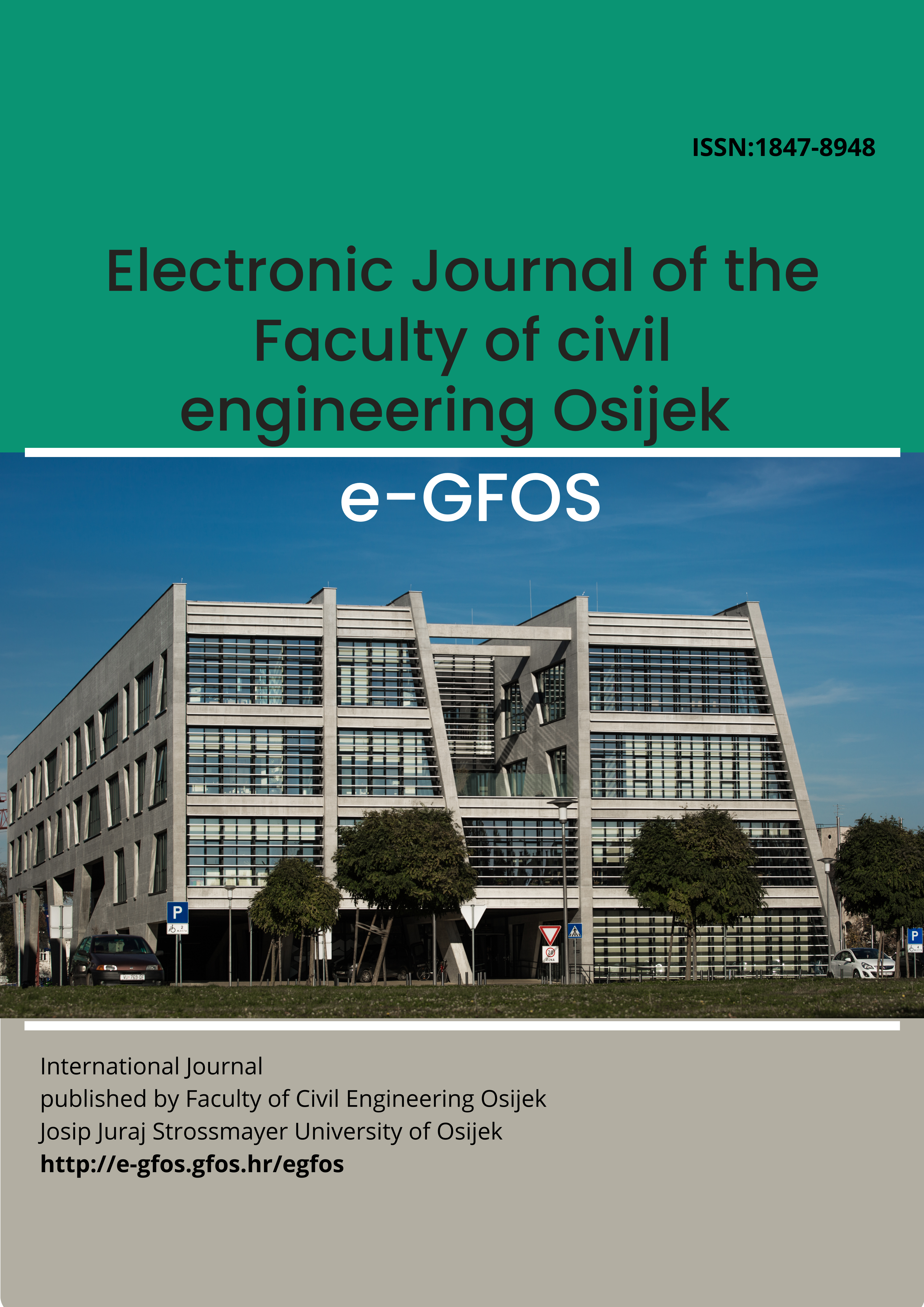INFLUENCE OF SULFURIC ACID ATTACK ON CONCRETE WITH INDUSTRIAL WASTE
Keywords:
cement composite; slag; fly ash; micro silica; durabilityAbstract
The paper aims at investigating cement composites with incorporated wastes such as blast granulated slag, fly ash, or micro silica regarding their durability and resistivity against aggressive acidic environments. An aggressive acidic attack was simulated with H2SO4 with a pH of 1.95. The experiments proceeded under model laboratory conditions over a period of 6 weeks, and the accelerated tank leaching test was applied. Both physical (mass of samples, water absorption, and surface disruption) and chemical parameters of concretes (pH, leachability of main components, chemical composition) were examined. The changes in the mass of samples, surface changes, as well as absorbability increases were observed after exposure to sulfuric attack. The leached-out amounts of calcium, silicon, aluminum, and iron, measured using X-ray fluorescence analysis, varied depending on the composition of the analyzed composite and the kind of waste incorporated. The samples with micro silica and slag were identified to be the most durable, regarding the leaching of basic inorganic compounds of the cement matrix. The sample with fly ash was observed to have the lowest change in water absorbability. The positive effect of incorporating waste into cement composite was confirmed when compared to a concrete sample without any waste added.

